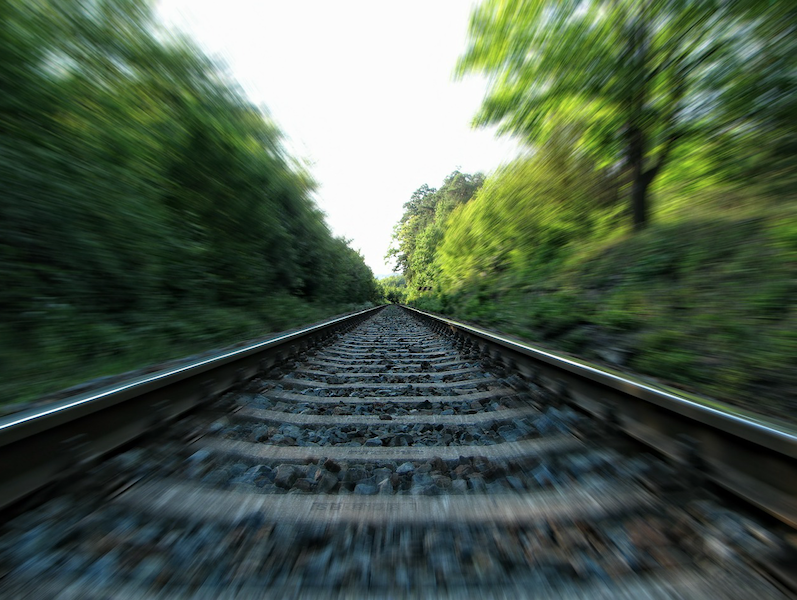What’s Wrong with Our Trains?
The Hoboken accident, along with various other crashes in the past calls into question the safety of the commuter train industry.
October 9, 2016
On September 28, 2016, just before 9 AM in the morning, a New Jersey Transit rush hour commuter train service crashed on approach to Hoboken Terminal, killing a 34-year-old woman in addition to injuring over 100 others. A New Jersey Transit employee stated that the train “was going considerably faster than it should have normally been” when approaching the station, despite claims from engineer Thomas Gallagher that the train was moving at a normal 10 mph approaching Hoboken. Analyzing the black boxes of the train, the National Transportation Safety Board (NTSB) has confirmed that the NJ Transit train was moving considerably fast at 22 mph approaching Hoboken, causing it to trip over the bumpers at the end of the tracks, resulting in the crash. Hoboken was just the latest example of how human error, and technology, is negatively impacting the commuter train industry, but how?
To answer this question, a look into previous accidents must be taken care of. On June 22, 2009, a Washington Metro Red Line Train rammed into another train that stopped due to traffic, killing nine people. In this accident, the railing’s Automatic Train Control (ATC) feature failed, which allowed the incoming train to freely proceed at its maximum speed of 55 mph, before manual control was inputted. Since the Washington Metro was designed to run with entirely automated trains, human intervention was highly unlikely, meaning drivers didn’t have as much hands on experience with manually controlling a train in emergencies, such as the ATC failure, when compared to a system which is mostly free of automation, such as the New York Subway. It’s a similar problem with overreliance on autopilots in aircraft, leading to disorientation and, ultimately, crashes when the system does not work according to plan.
However, sometimes there are other reasons for crashes, like with the case of two train crashes in 2015: one involving a Metro-North train in Valhalla, NY and the other involving an Amtrak derailment in Philadelphia. The Metro-North incident happened because the train ran into an SUV at an intersection. Neither the SUV nor the train was able to successfully evade one another due to a lack of signaling. As for the Amtrak incident, the operator was said to have gotten disorientated, allowing him to execute the first topic in his mind: speed up. This caused the derailment. Both of these accidents were partially caused by safety oversights, as Metro-North could have been prevented if proper signals were placed at the train crossing where the accident took place, while Amtrak could have been prevented if the railings were equipped with Automatic Train Stops (ATS) that immediately activate the brakes of an incoming train exceeding a certain speed limit.
Altogether, commuter trains mainly crash these days in America because of technological failures, improper signaling, and sometimes, just improperly trained operators. Yet despite similar trends between the Washington Metro, Metro-North, Amtrak, and NJ Transit accidents, there has been no statement from either the NTSB or the Federal Railroad Administration (FRA) about the increasing failure of train operators throughout the United States to ensure proper safety for all riders. The NJ Transit accident at Hoboken showed just how little has been done throughout the nation in order to prevent accidents like these in the future. The airline industry has also come under fire for failing to ensure safety for its passengers, but the United States government has taken action to prevent catastrophes in the future. Why not do the same for the railroads?



